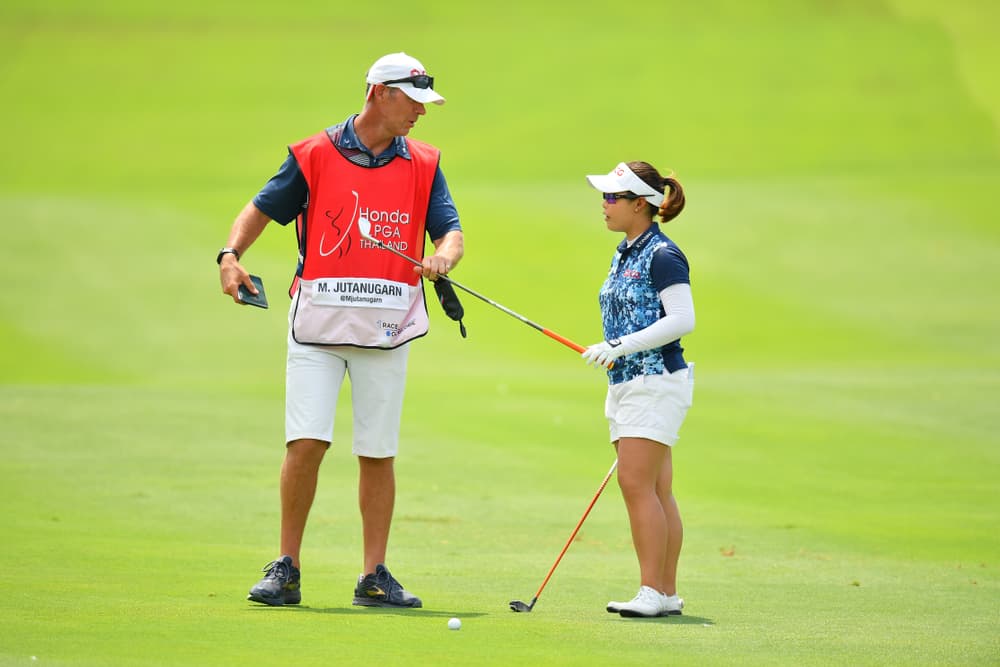
If you play golf at a private golf club, you are probably very familiar with the forecaddie.
A forecaddie is a popular choice for many golfers out to play a round of golf with friends.
If you are new to the private golf world, or new to golf in general, you may be wondering what a forecaddie is.
We have all the information you need about a forecaddie and their duties and benefits.
What Is a Forecaddie?
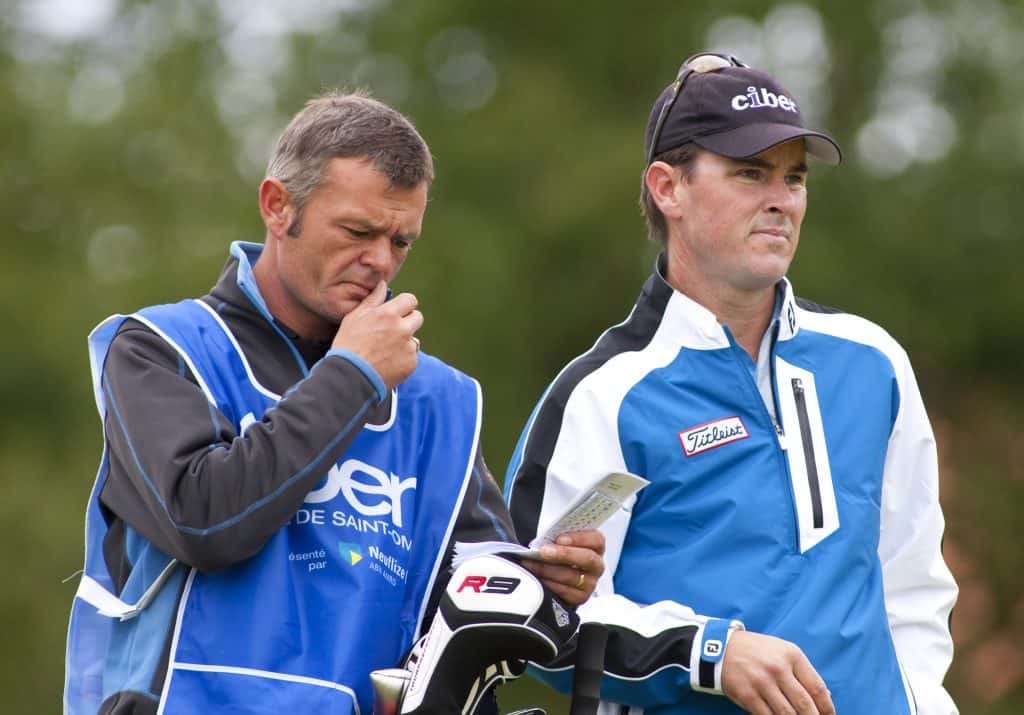
A forecaddie is a person who stands in the fairway ahead of the players on the tee to help spot their golf ball.
This is what a forecaddie was created for, and they have done this for many years.
However, the forecaddie also does quite a bit more.
Although the forecaddie is not a true caddy, they do have some of the same responsibilities.
Let’s take a bit of a deeper look into what precisely a forecaddie does.
Duties of a Forecaddie
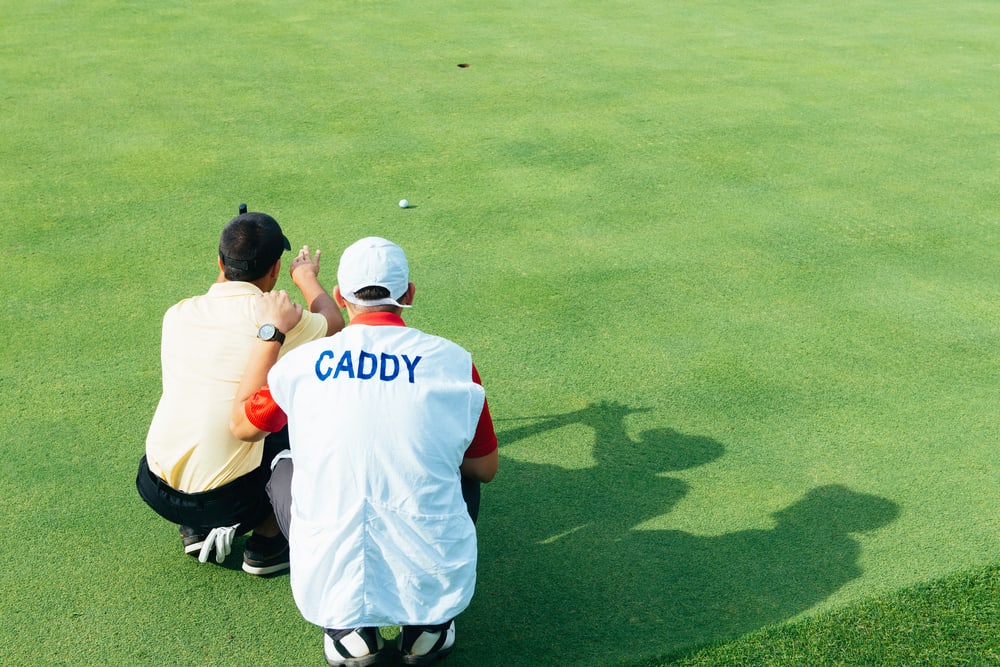
Depending on the golf course you are playing, the responsibilities of the forecaddie will vary.
It is a good idea to talk to the caddy master of the club to find out exactly what your forecaddie is responsible for.
The forecaddie is a paid service, so you will want to make sure you are getting the value you need out of the forecaddie’s services.
If you need someone to carry your golf clubs, the forecaddie is not the best choice.
Most of the time, when you play with a forecaddie, you are going to be riding in a golf cart.
There are, however, times when a forecaddie may carry a few of your clubs.
1. Carrying Clubs
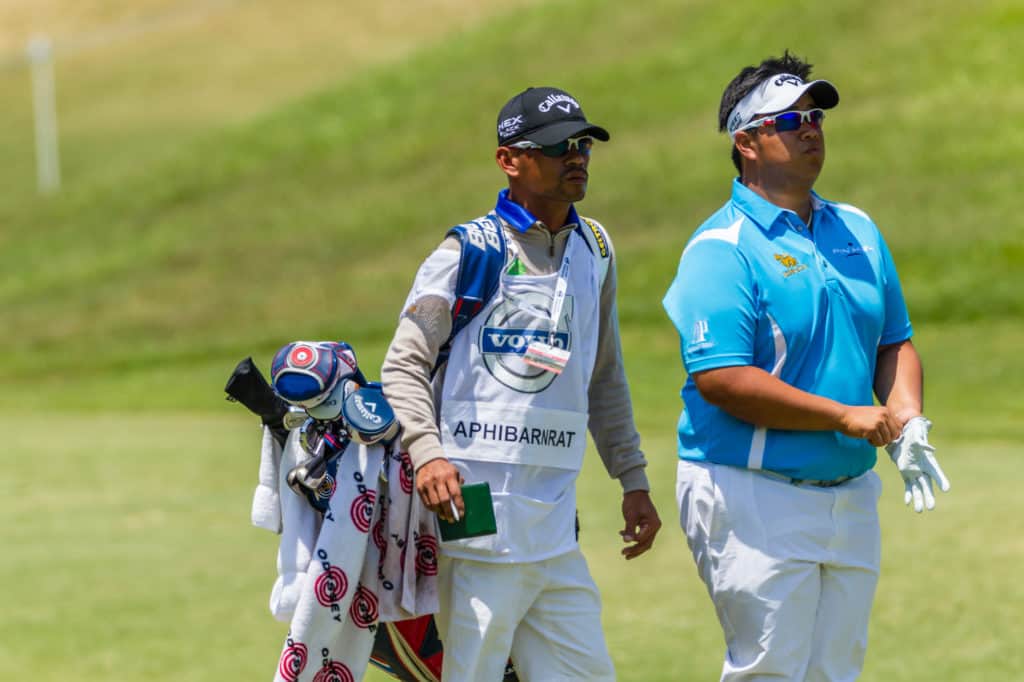
A forecaddie can carry golf clubs when you are around the greens.
You will notice that, if you chip with a wedge, your forecaddie may grab the club for you and give it to you after you have completed your putt on that hole.
The forecaddie doesn’t carry the club the entire round.
Instead, they help to tidy things up around the greens.
Many times, a forecaddie will take your putter for you when you finish the hole and return it to your cart.
The caddy helps to keep the cart and your clubs organized as you go throughout your round.
You should play your round the way you are accustomed to playing, and then you will see where the forecaddie will fill in.
2. Spotting Balls
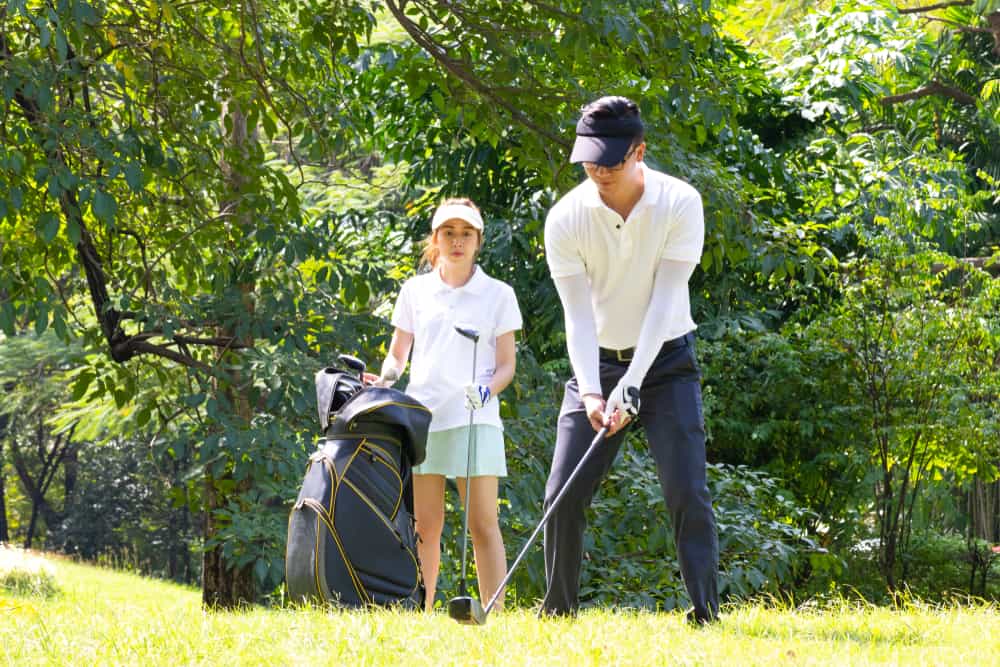
The main responsibility of a forecaddie is to spot golf balls for the players.
Sometimes when you are on the tee box, you will hit a shot that lands in the fairway, and other times, it will be in the rough or the woods.
The forecaddie will watch where each player hits their shots, and sometimes he will mark them with a flag.
The golfers can then travel from the tee box to the ball without having to waste any time looking for their shot.
Spotting a golf ball takes quite a bit of time and will also cost players shots.
If the forecaddie can help to improve the pace of play, it will make a difference for not just the one group but for the happiness of all golfers on the course.
Spotting golf balls can be difficult to do from the tee box, so the forecaddie will stand out in the fairway ahead of you.
Most of the time, you will see the caddie run out to about the 200-yard marker or so, and they will stand off to the side and start to keep their eye out for shots.
On a day where the rough is thick or grass is wet, this is going to make a big difference, and golfers in a group will be happy about having the forecaddie in place.
3. Tending the Pin
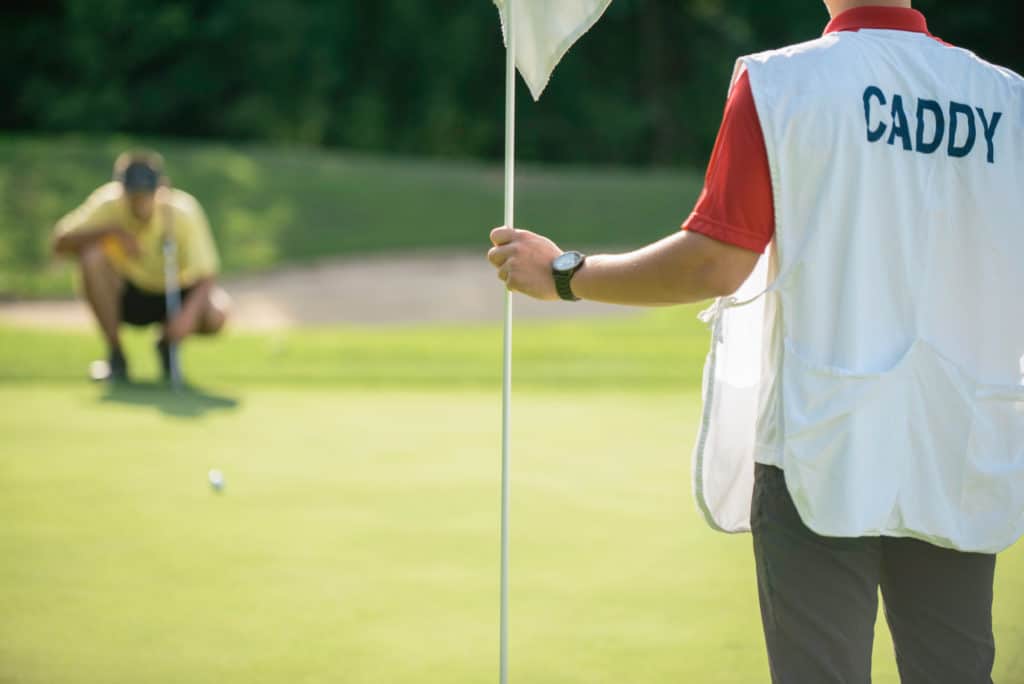
The forecaddie has always been a great help when it comes to tending the pin on the golf course.
The interesting thing about this is that, since the rules of golf have changed, this responsibility is not quite as crucial as it once was.
Tending the pin is the term used for the person who would stand at the pin and remove it when a ball was getting close or could potentially hit the pin.
In the past, if a golf ball hit the pin, it would be a two-stroke penalty.
Today, you can leave the pin in the hole and putt to it without removing it.
This has eliminated some of the responsibilities of the forecaddie.
Now it is not nearly as important for them to tend the pin because many players decide to leave the pin in.
There are some benefits to leaving the pin in place, and players are taking advantage of them.
Sometimes, if you were to hit a poor shot or something with a little too much speed on it, you would end up hitting your shot past the pin.
This has left people with the idea that leaving the pin in is a good idea.
However, on some shorter putts, golfers still like to see the entire cup, and they can do so when the pin is out.
Let your forecaddie know your preferences for the pin, and they can make sure that the way the game is played that day is one which will work for your needs.
Usually, a group of golfers will come to an agreement that, for putts over a certain length, the pin stays in or vice versa.
If the pin is, in fact, out of the cup, the forecaddie will then help to ensure that it gets replaced before the next group of players hits.
The pin needs to be in place for the next group so they can have the proper area on the green to aim at.
4. Increasing Pace of Play
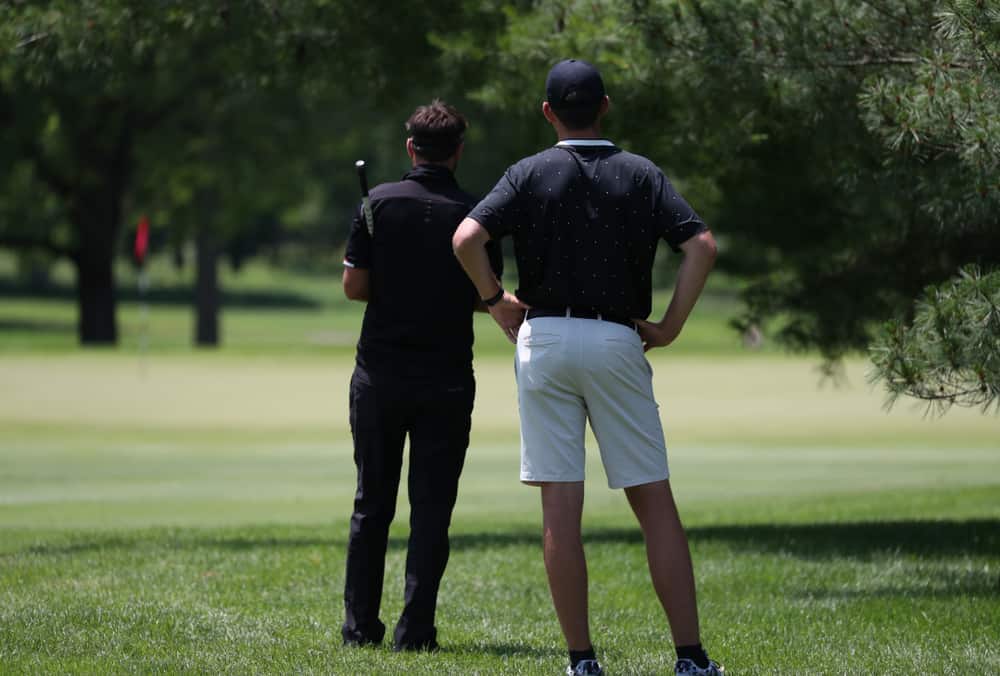
There is no question that one of the major issues in the game of golf is the pace of play.
Some people are not interested in playing golf because they are finding that the pace of play is just too slow.
This is unfortunate as it is a great game, one which more and more people should be playing.
Luckily, there are some things that a forecaddie does which help to make the round much faster.
The most important of their responsibilities is going to be keeping an eye on all golf shots.
If a player hits a shot that is headed into the woods or deep rough, the forecaddie usually has an idea of where it could be.
Most forecaddies pride themselves on the ability to find a golf ball and make sure that the golfer keeps only one ball in play for their entire round.
The finding of golf balls, arranging of golf carts, tending to the pin all help the forecaddies keep the pace of play moving throughout the round.
If your pace of play is typically pretty slow, the forecaddie can certainly help to increase it.
5. Advice
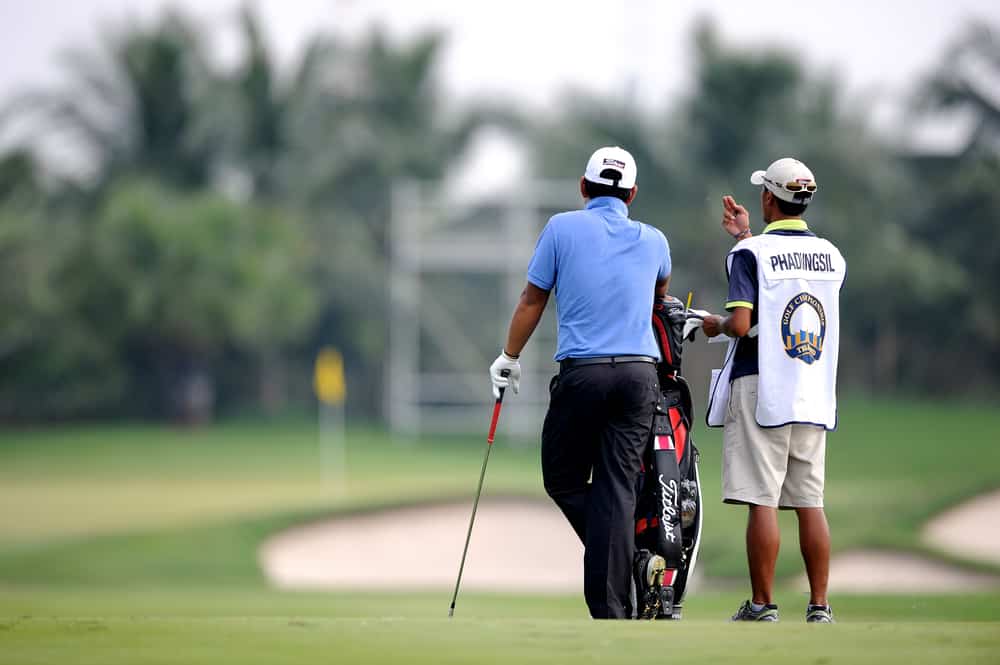
You may know that, traditionally, a caddie is known for giving advice to players.
With a forecaddie, you will not get this same benefit.
A forecaddie will typically have four people to take care of at all times.
They will be responsible for watching four golf balls and keeping an eye on four different putters at all times.
There would be no way for a forecaddie to also give all four of these people advice about their yardages or shots.
The advice factor could happen here and there if you are playing a course you have never played before.
Sometimes, before a forecaddie runs to the fairway to take their position, they will tell you that there is water down the left side or that the fairway is sloped one way or another.
Is a Forecaddie Legal in the Rules of Golf?
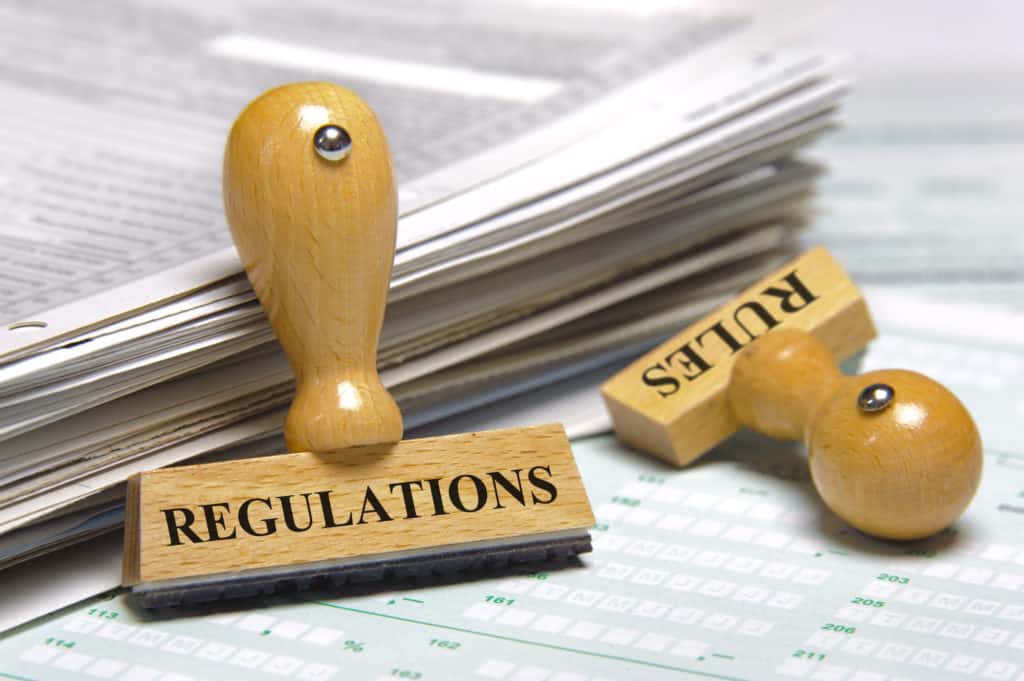
The term “forecaddie” is actually used in the rules of golf.
The term is described exactly as we did, as a person who keeps an eye on the golf ball that is out in front of them.
The other responsibilities a forecaddie may take on will be at the discretion of the club at which they are employed.
Some forecaddies are simply going to spot your ball from the tee, and others are going to get more involved in your overall game.
However, there are a few things you should know about a forecaddie and the rules of golf.
A forecaddie is defined as an outside agency.
This means that, if you were to accidentally hit your forecaddie with one of your shots, there would be no penalty.
You can simply place the ball back where it should have been.
If a forecaddie happens to accidentally deflect or stop the ball, the ball is played as it lies.
As always, golf rules can be a little complicated, and you should always keep a rule book in your bag.
Having a rule book handy for some of these unique situations is always a smart thing to do.
Are Forecaddies Used in Professional Golf Tournaments?
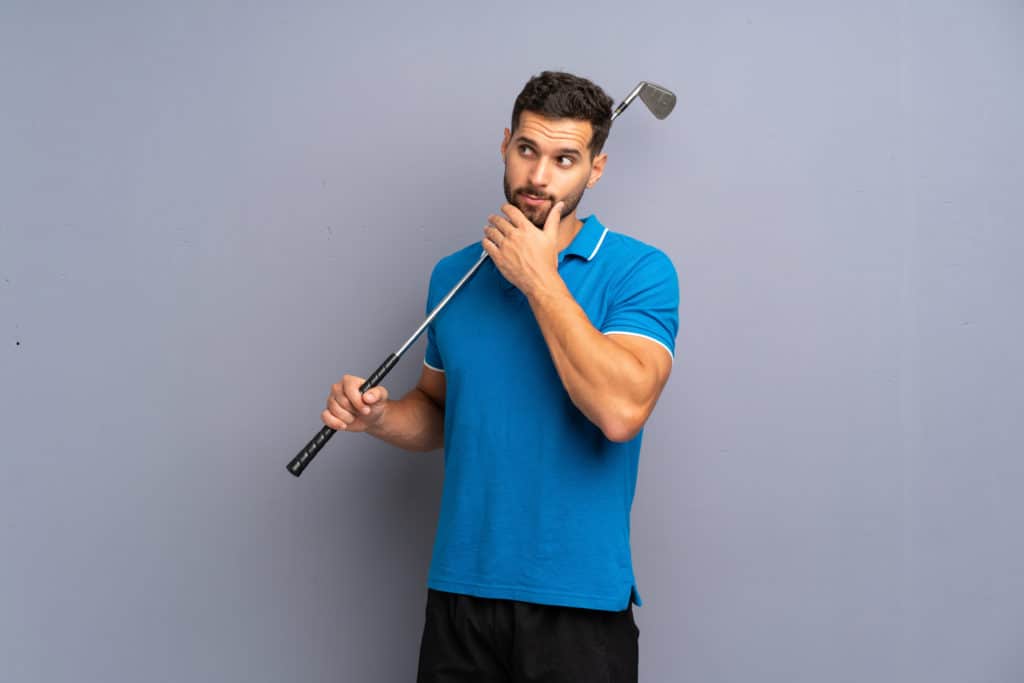
In a professional golf tournament, you may see a forecaddie.
In this situation, the forecaddie is going to act as a spotter and keep an eye on golfers as they are hitting their shots.
The forecaddie will sometimes have a flag or a marker of some kind to put out to show the golfers where their ball has landed.
Oftentimes, a forecaddie will remain on the same hole the entire day.
By staying on the same hole, they will be able to keep an eye on where the shots are landing, and this will give them better information to use from one group to the next.
A forecaddie will learn which way the fairway bounces and how to get the proper angle to keep an eye on the shots from the tee.
The forecaddie in a professional tournament is slightly different from what you might find at a private country club.
They should also not be confused with the standard-bearer.
A standard bearer is a person who keeps the score for the group and carries around a sign with the scoring displayed for all to see.
The standard bearer does a great job of letting the players as well as the spectators know where the group stands and how they have played.
As with anything else, what happens on the PGA Tour and what happens at a regular golf course are going to be quite different.
Are Forecaddies Expensive?

Golf forecaddies are not expensive compared to a regular caddie.
However, compared to just playing golf on your own without a caddy, they can be very expensive.
A forecaddie is traditionally a little less expensive because the cost is split between four golfers.
Your price for your forecaddie will vary, but you can assume it will be around $30 to $50 per player.
Each player will pay this amount to pay the forecaddie for their services.
Sometimes a forecaddie will only take on two or three golfers at a time.
If this is the case, some golf courses will charge a bit less than others, and some will still charge the same rate as if there were four golfers in the group.
Overall, a forecaddie is undoubtedly a luxury, and you will end up paying for their services.
However, some people enjoy the way a round of golf goes with the forecaddie out there with them.
Should I Tip a Forecaddie?

Most of the time, it is considered standard to tip a forecaddie at the end of a round.
The forecaddie probably spent a good portion of their day with you and will likely not be able to get another round in that day.
It is common for each player to add about $10 or so to the forecaddie’s payment so they get a tip for that day.
Sometimes the rate you were charged is not all given to the caddie.
Chances are some of the money had to be sent to the club to cover the fees of having caddies as employees.
Caddies can make a great living if they are good, and they do a decent job on the course.
If they are a bit lazy and don’t know the golf course well, chances are they won’t make much money.
Many times, a forecaddie is also an aspiring golfer and is working so that they have a place to play and practice while the course is closed.
Many golf courses will let their staff play the course on days when the golf course is closed.
Conclusion
Hopefully, you now have a better understanding of what a forecaddie is and why they are essential.
If you are heading out to play a private course that you have never been to, you may want to consider paying for a forecaddie.
The forecaddie will help you keep an eye on your golf ball, and it could shave a few strokes off of your game.
If you can afford the services of a forecaddie, you will likely be very pleased with the results.
Playing the same golf course over and over, you may even get to know some of the caddies, and you will likely have a favorite you like to bring with you for the day.
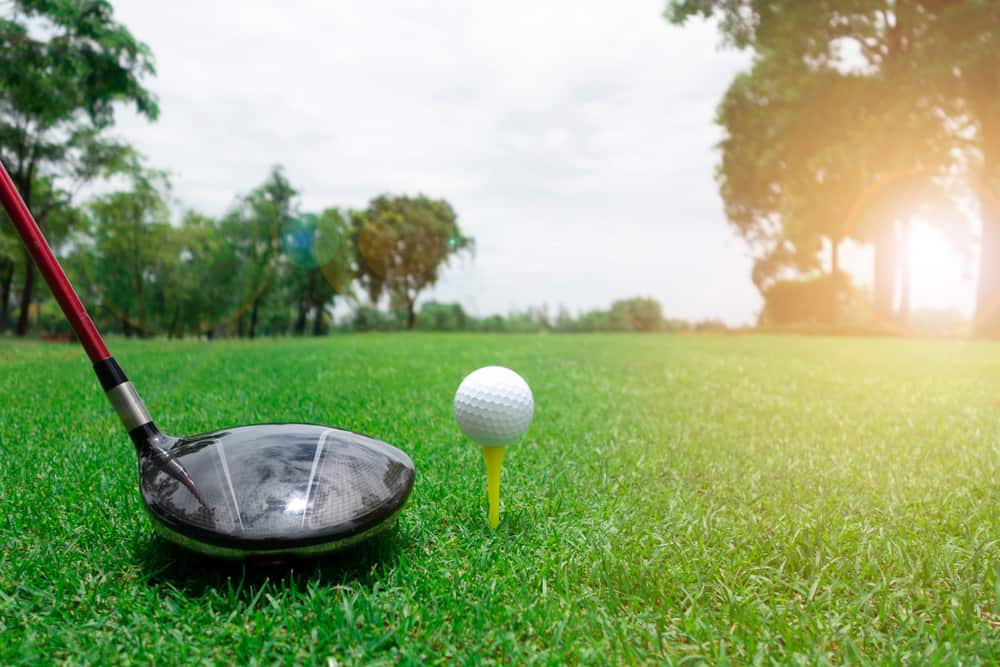
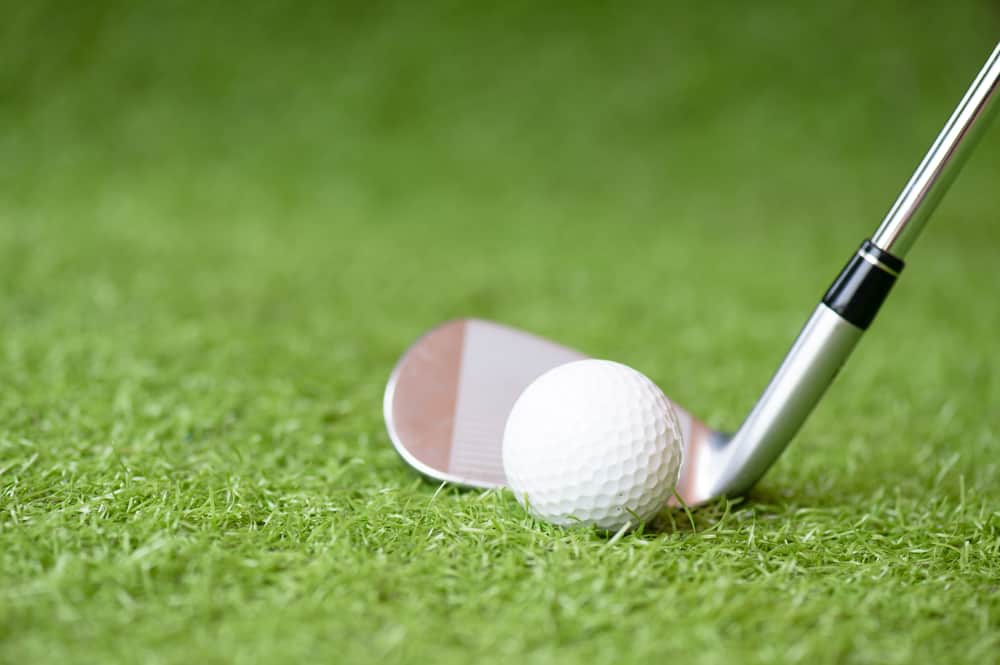

Leave a Reply